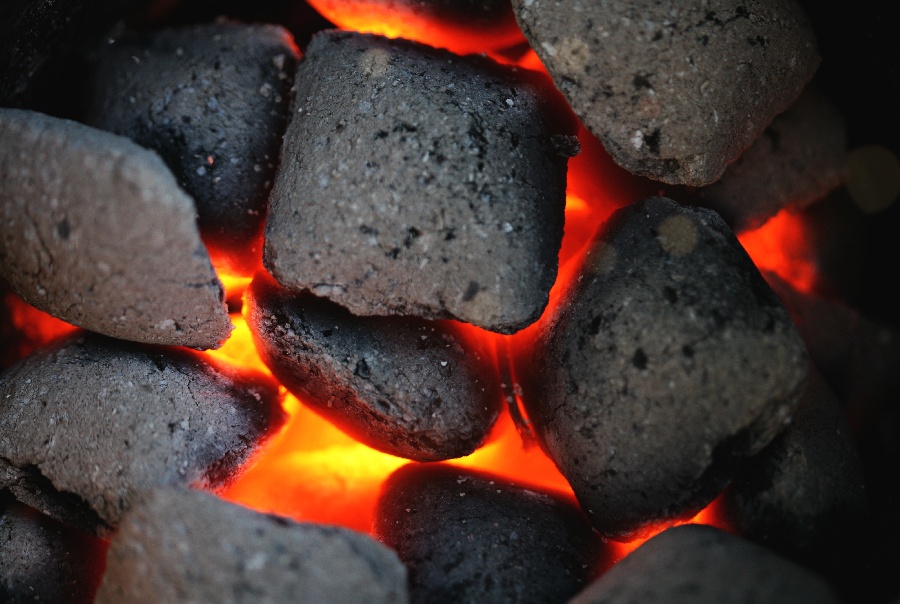Coal has long been used as a fuel for generating heat and power. Multiple generations of miners have spent entire working lives digging it out of seams in the earth, while factories and domestic houses have powered by it for centuries. Stocks of coal are now depleting, and awareness of the importance of preserving the precious fossil fuel is rising. But how much do we know about it? Here are a few top facts.
What is coal?
Coal is a black combustible sedimentary rock, occurring in rock strata, or layers called seams. It is made mainly from carbon, with other element present, including hydrogen, nitrogen, sulphur and oxygen. It forms when dead plant matter turns from peat into coal – a process taking many years to complete.
Why is it so popular as a energy source?
Coal burns quickly and at a high temperature, making it ideal for domestic heat and power generation, as well as in industrial refining processes. it is the largest source of energy for electricity generation in the world, however, it also emits the largest amounts of carbon dioxide into the atmosphere.
Why is it running out?
Increased industrialisation, especially in the last century, has increased demand for coal. It is being dug up faster than the slow geological process that create it in the first place can reproduce it. Mining companies are having to dig ever deeper to retrieve it, which is a slow and dangerous process. The release of large amounts of carbon dioxide into the air from burning coal is also a concern – even if there is still coal to be had, climate change risks could dictate that it must remain underground and not brought up and used to generate energy.
What other downsides are there to using coal as an energy course?
Coal-fired power plants cause thousands of premature deaths amongst workers every year. The dust it gives off can also cause health problems in workers, especially in their lungs. The act extracting it from the ground also causes problems, including subsidence over tunnels and mining areas and the impact of water use on nearby rivers and lakes.
Coal in the future
British Petroleum estimated in 2007 that the world had around 147 years of coal production left before the coal reserves ran out. This finding was based on proven coal reserves worldwide – there may well be other areas previously unexplored. However, with global concerns over climate change and increasing carbon dioxide emissions in the atmosphere, many are looking to alternative energy sources with lower carbon dioxide emissions that are more sustainable. Examples include nuclear, wind, solar and hydro-electric power.

